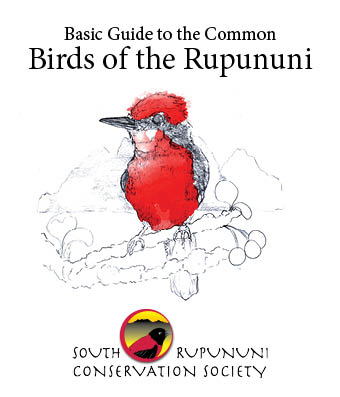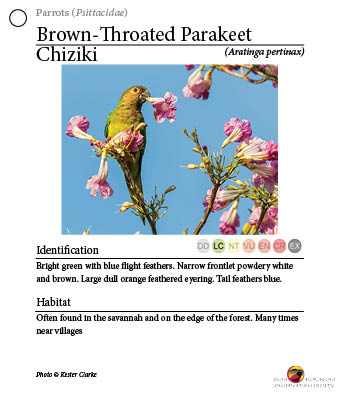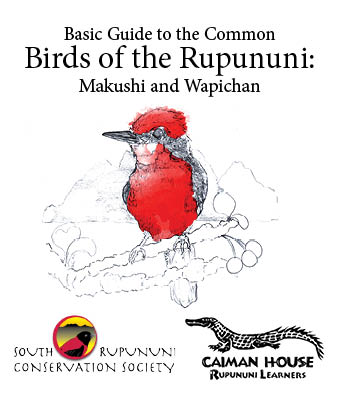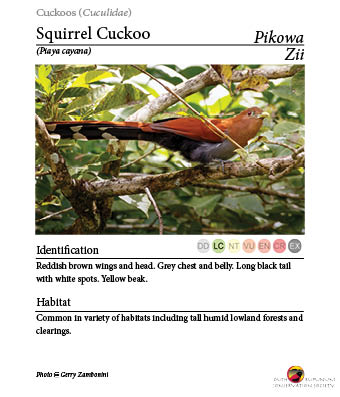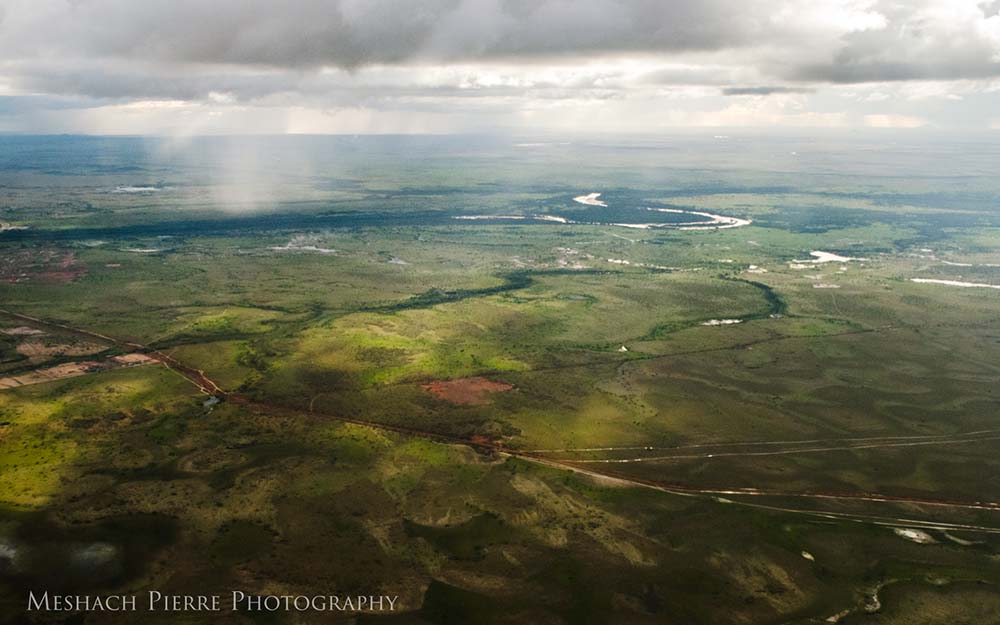Meshach A. Pierre
GitHub Twitter Instagram LinkedIn Guianensis (Blog) meshachpierre@gmail.com mpierre2@ufl.edu
Applied Conservation
On This Page

Principles
My conservation work and research focuses on the principles of fairness, justice, and respect. I seek to not make the same mistakes of past conservationists and impose external solutions, but rather to engage and empower local peoples and communities to manage and conserve their resources, as they have often done for thousands of years.
Informed Decision-making and Planning
Communities
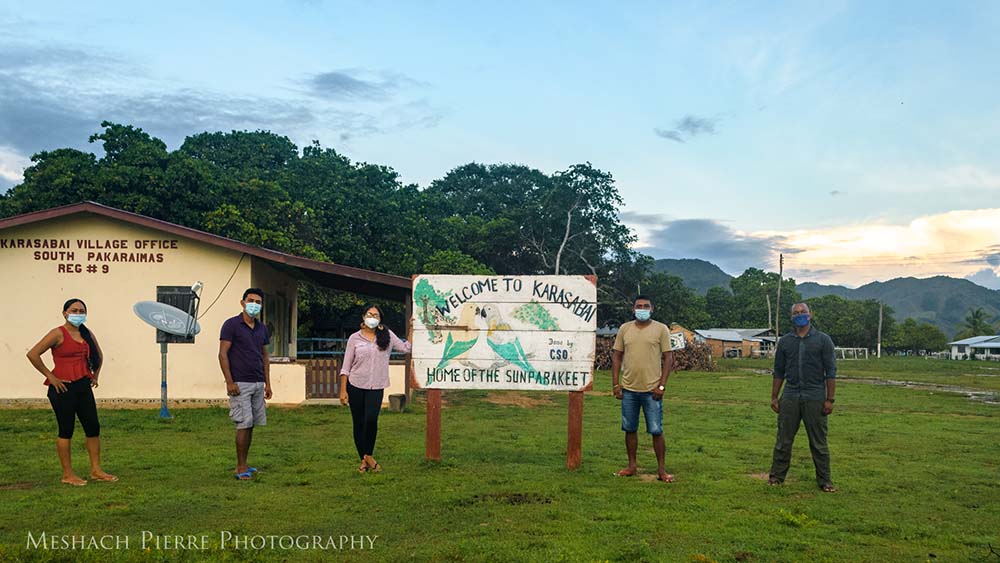
My research is focused on context-specific solutions that focus on community and individual self-efficacy. Many of my research questions (and those of my collaborators), along with many other projects stem from conservation priorities raised as concerns by Indigenous and/or local communities on the ground in Guyana.
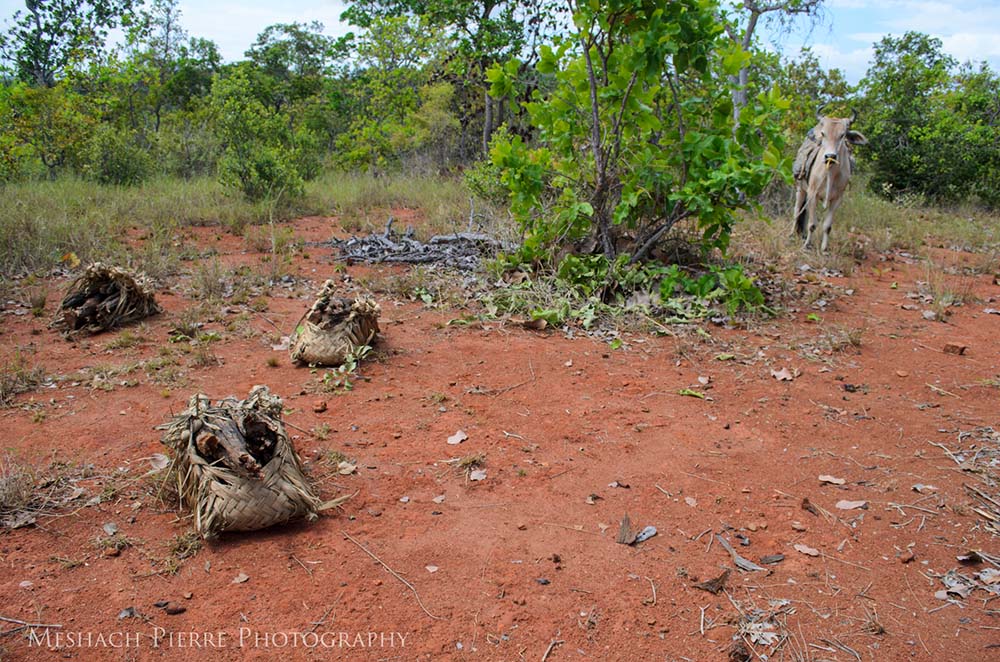
My research, and the research of my peers, focuses on effective research through respectful engagement of Indigenous particpants as active participants in the research process to either inform or work with community members and/or leaders to generate context-specific and relevant community-owned solutions to conservation issues.
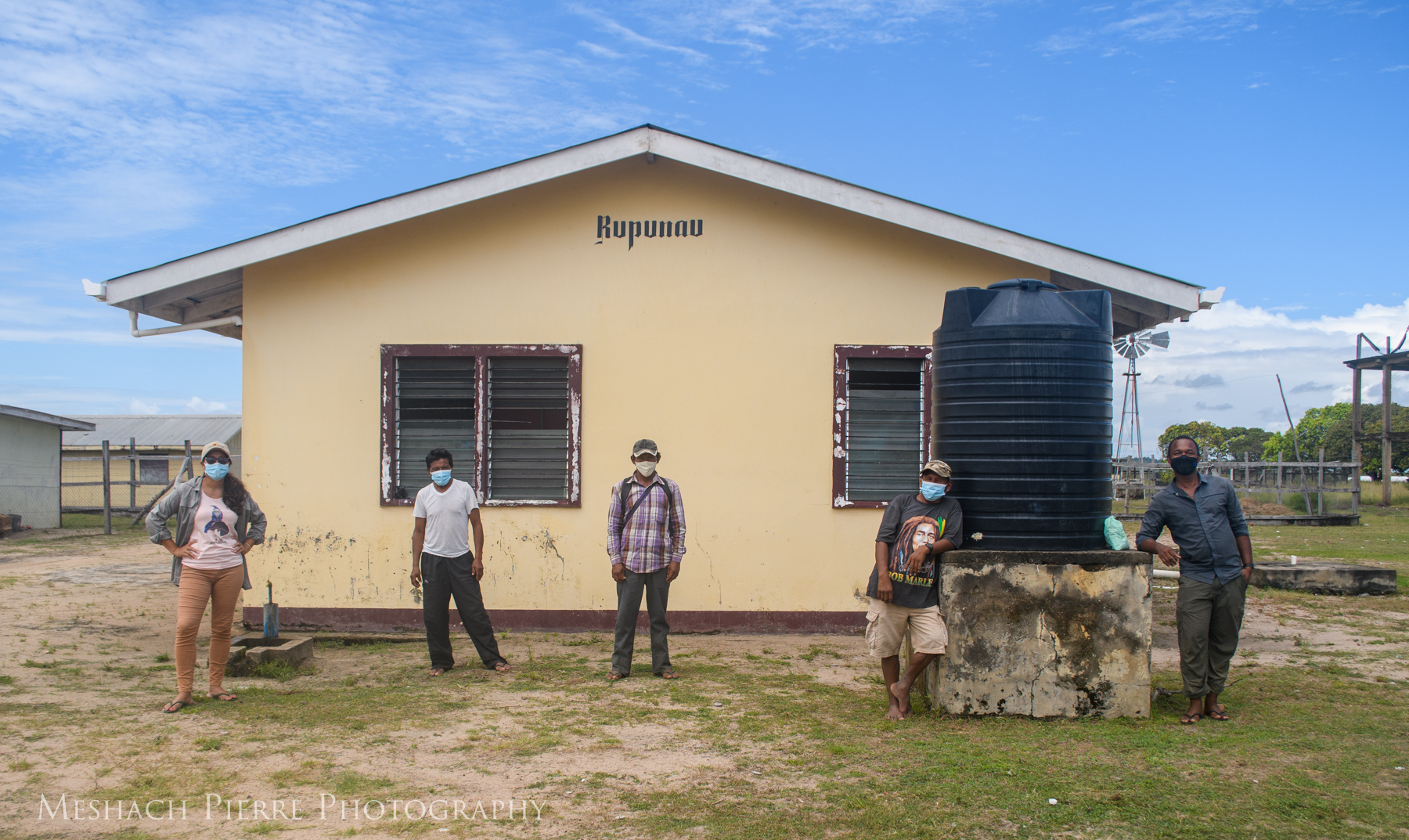
By training and enabling research teams and informing community leadership, we actively leverage our skills to equip communities to interrogate their natural resources as scientists themselves, conducting research to inform management decisions as needs arise.
This research, capacity development, and community engagement would not be possible or successful without the overarching principles of Indigenous rights and mutual respect.
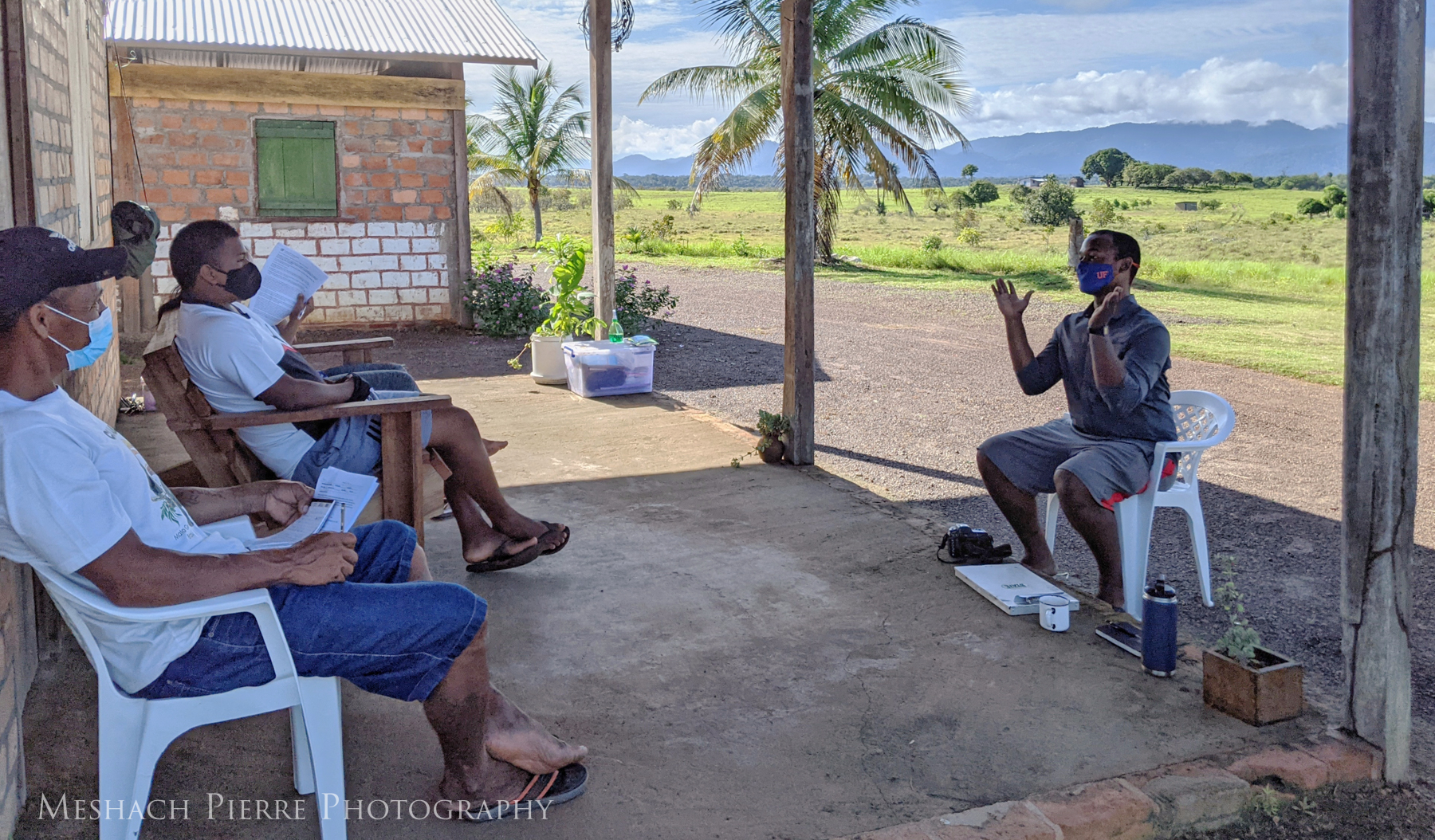
Policy
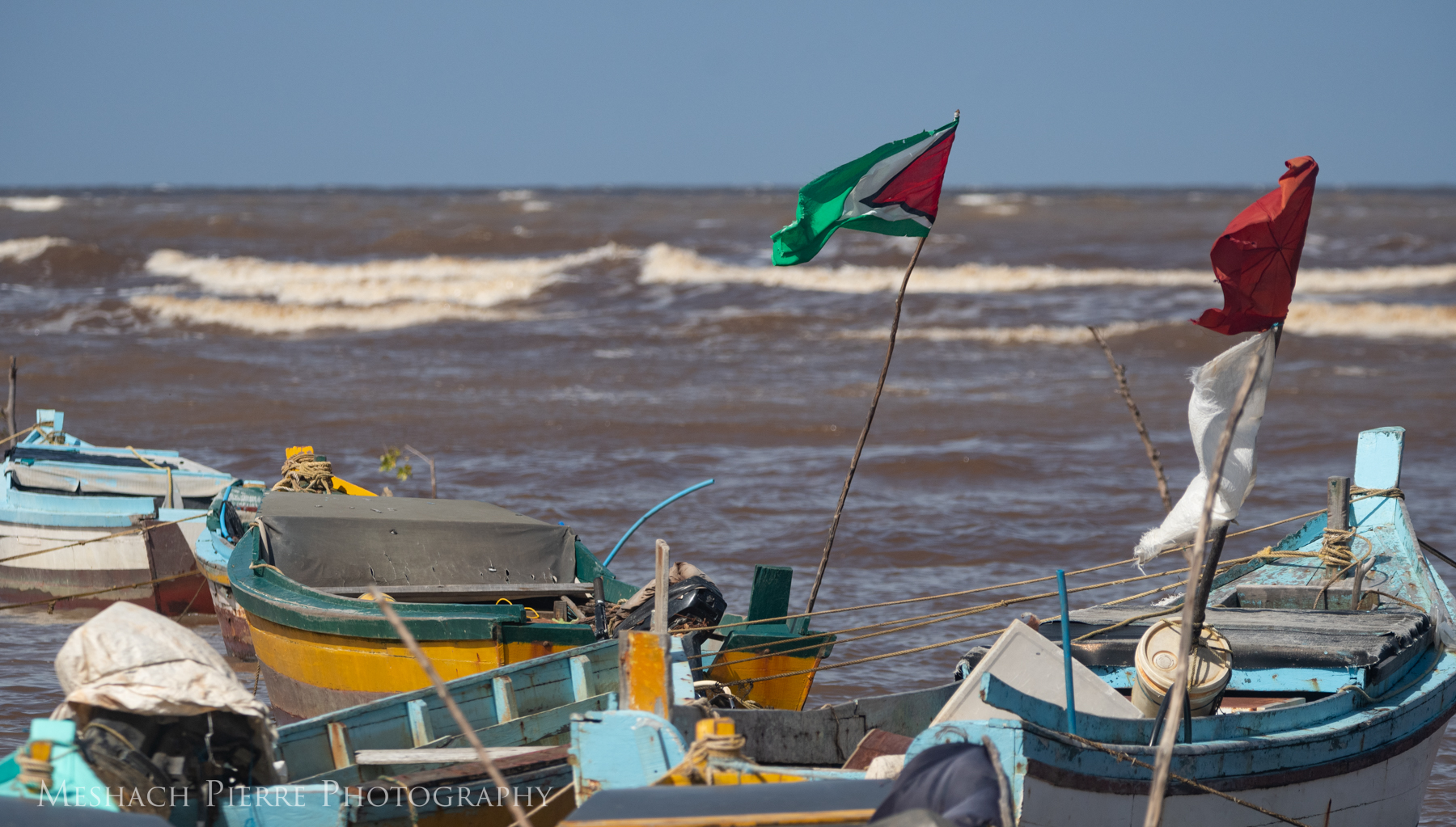
Similarly, much of my research addressing policy and management needs of governmental stakeholders, such as the Government of Guyana’s Protected Areas Commission, Environmental Protection Agency, and Guyana Forestry Commission. As my research, on the ground, is only possible through past and current partnerships with a multitude of stakeholders, my policy engagement and advocacy builds on my 9+ years of experience working with and for various governmental bodies.
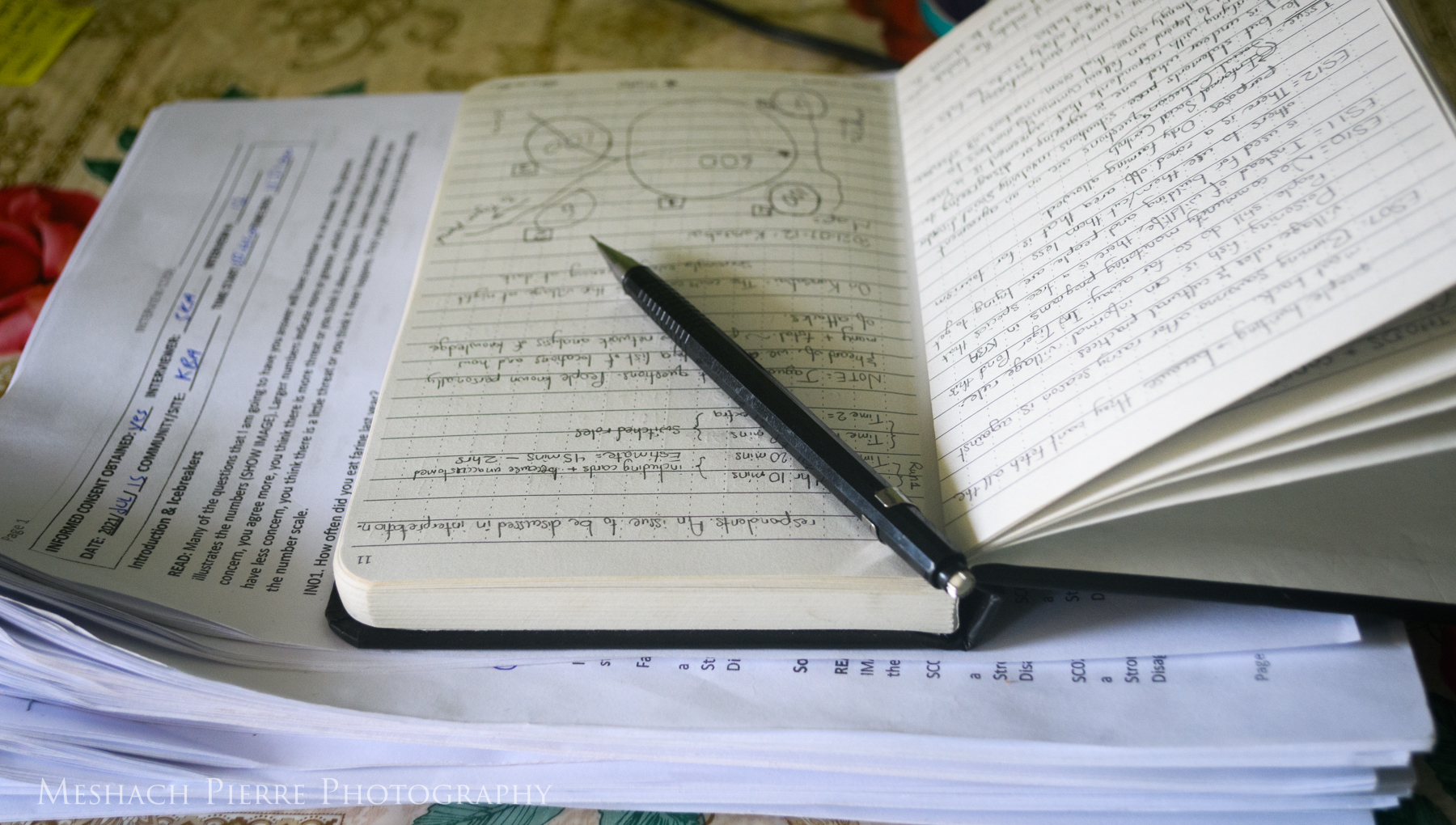
This has also been the case for partnership with local and international non-governmental organizations (NGOs), with whom I collaborate, have shared data with, and/or have ongoing relationships with. These include the Iwokrama International Center, Conservation International-Guyana, ReWild (formerly Global Wildlife Conservation), and the World Wildlife Fund-Guianas.
Education
Capacity Development
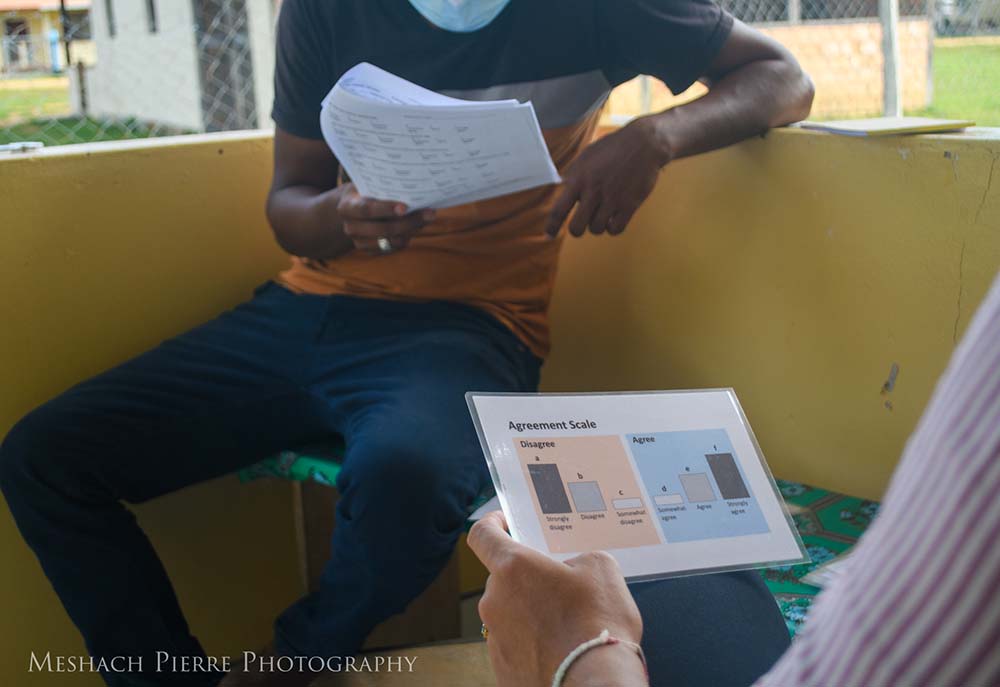
A major focus of my current work is through the recognition that I have achieved much of what I have through many others who saw promise in me and helped out in some way, form, or fashion. Similarly, I believe conservation, and science, are more effective when as many people as possible are at the table, part of the discussion, all as equals.
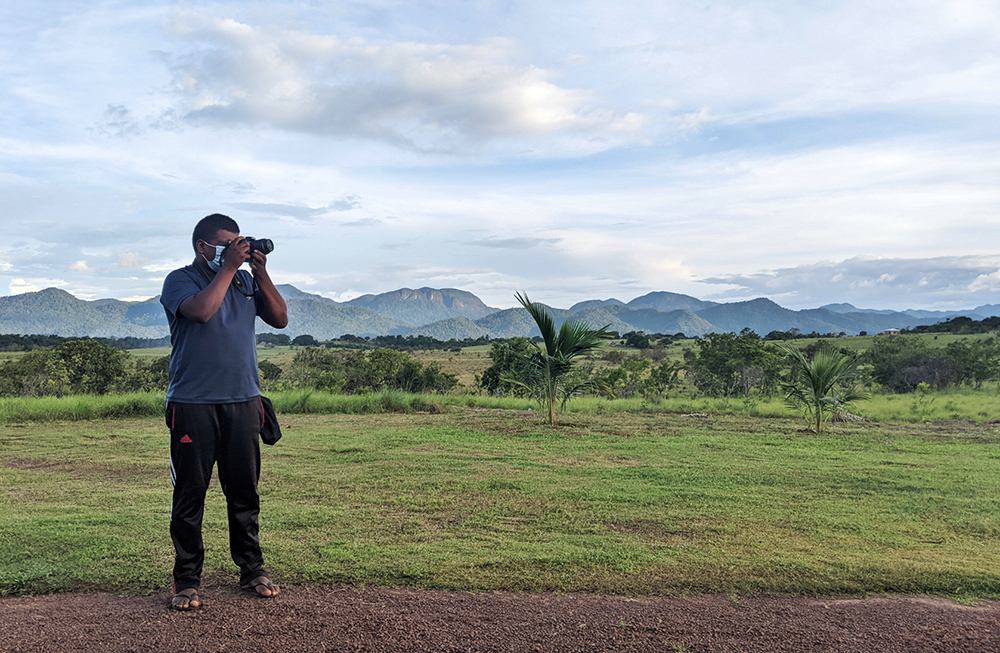
My work therefore seeks to empower people on the ground through active engagement in the scientific process, and capacity development (not limited to scientific capacity). I have trained people, through working with people on-the-ground, in email, proposal, and application writing; photography; and scientific inquiry.

I believe that both science and conservation practice in Guyana and globally will only benefit from adding, through enabling as many voices, with as many ideas, at the table.
Environmental Education
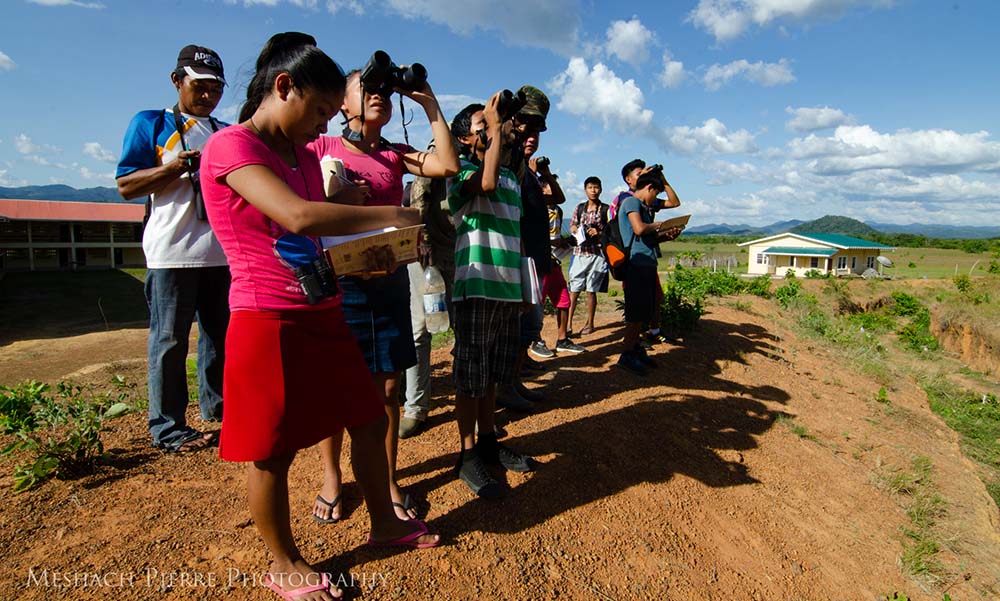
Through partnership with local non-governmental organizations, I have been involved in a variety of environmental education efforts, that have leveraged my visual and written communication skills. With SRCS, in 2016-2017, we designed a series of posters and a book about the common birds of the Rupununi for use by children in the South Rupununi. The books have been adapted to a larger audience and have now evolved into a series covering various taxa, including mammals.
Posters

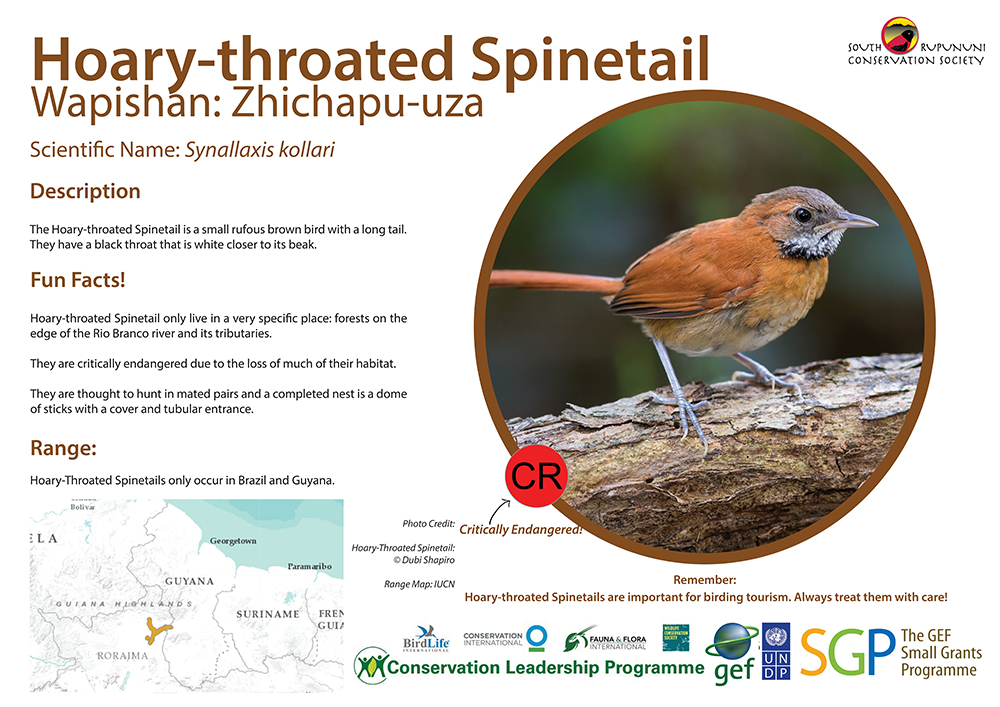
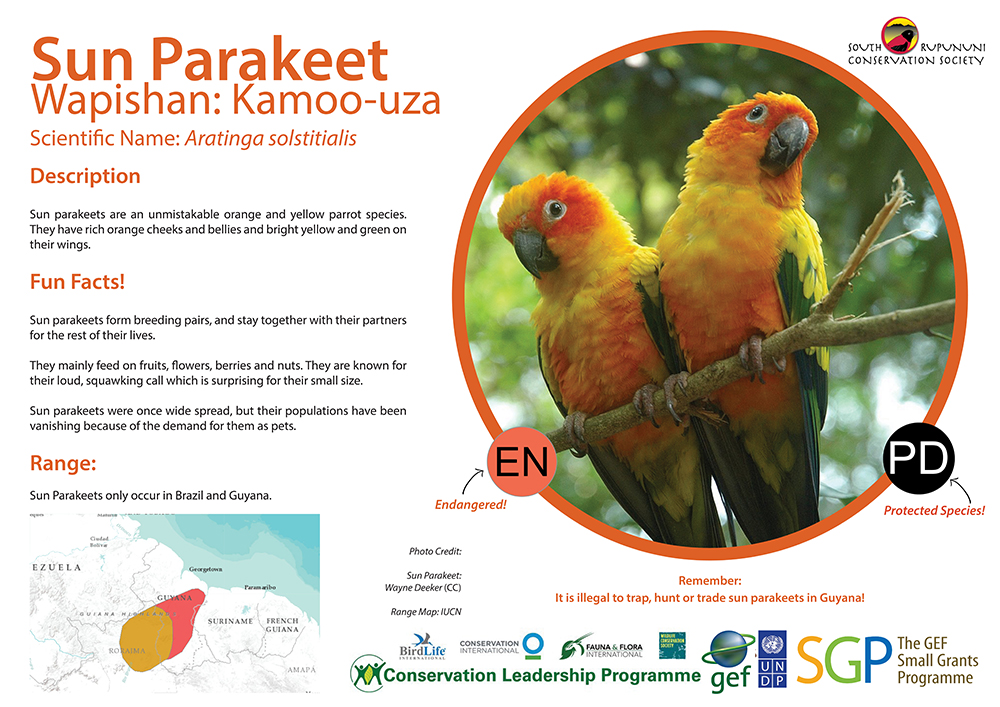
Books
